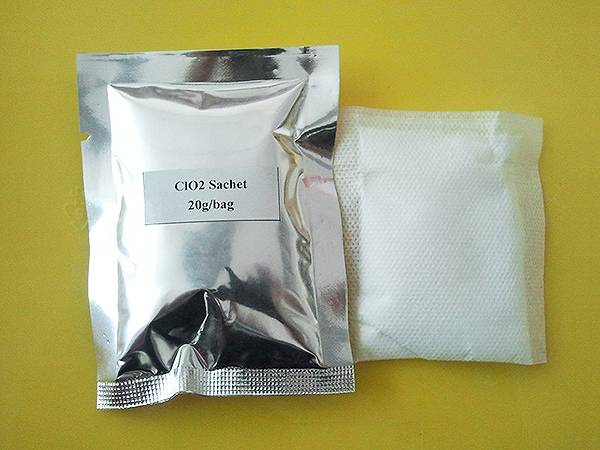



Is Polyacrylamide Environmentally Friendly and Capable of Biodegradation Over Time?
Is Polyacrylamide Biodegradable?
Polyacrylamide is a synthetic polymer widely used in various fields, including water treatment, agriculture, and cosmetic products. Its unique properties—such as high absorbency and the ability to form gels—make it an essential material in many applications. However, as environmental concerns grow, the question arises is polyacrylamide biodegradable?
Understanding Polyacrylamide
Polyacrylamide (PAM) is derived from acrylamide, a compound that is created through the polymerization of acrylamide monomers. It is considered an effective flocculant, helping to remove particles and contaminants from water. In the agricultural sector, polyacrylamide is used to improve soil moisture retention and prevent erosion. In cosmetics, it serves as a thickening agent and stabilizer.
Despite its usefulness, polyacrylamide's composition raises concerns regarding its environmental impact, particularly its biodegradability. Biodegradation refers to the breakdown of materials by microorganisms, turning them into harmless products. A biodegradable material can break down into natural substances without leaving toxic residues.
The Biodegradability of Polyacrylamide
The biodegradability of polyacrylamide is a subject of scientific inquiry. Research indicates that polyacrylamide is not readily biodegradable. The linear form of the polymer, which is stable and resistant to microbial action, makes it difficult for microorganisms to break it down efficiently. This characteristic means that polyacrylamide can persist in the environment for extended periods, raising concerns about its accumulation in soil and waterways.
Moreover, the degradation of polyacrylamide can lead to the release of acrylamide, a toxic compound that poses risks to human health and the environment. Acrylamide is classified as a potential carcinogen, and its presence in the ecosystem can have harmful effects on aquatic life and terrestrial organisms.
is polyacrylamide biodegradable

Conditions Affecting Biodegradation
Certain factors influence the biodegradability of polyacrylamide. For instance, the presence of specific microorganisms can aid in the degradation process, but this is not common. Additionally, the environmental conditions—such as temperature, pH, and moisture—play a crucial role. In environments conducive to microbial activity, some forms of polyacrylamide might show limited degradation over time. However, this degradation is usually slow and incomplete.
Researchers are exploring ways to enhance the biodegradability of polyacrylamide, such as modifying its chemical structure or incorporating biodegradable additives. These efforts aim to develop products that retain the desirable properties of polyacrylamide while minimizing their environmental impact.
Alternatives to Polyacrylamide
Given the concerns surrounding polyacrylamide's biodegradability, many industries are investigating alternative materials. Biopolymers derived from natural sources, such as starch or cellulose, are promising alternatives that offer similar functionalities without the environmental drawbacks associated with synthetic polymers. These biopolymers are known for their biodegradability and can decompose naturally, reducing their impact on ecosystems.
Conclusion
In conclusion, polyacrylamide is not considered biodegradable in the traditional sense, raising significant concerns about its longevity and potential environmental effects. While it serves critical roles in various industries, its persistence in the environment and the toxicity of its degradation products necessitate careful consideration. The development of biodegradable alternatives could help mitigate these issues, leading to more sustainable practices in agriculture, water treatment, and other fields. As awareness grows, the push for eco-friendly solutions will likely shape the future landscape of polymer applications.
-
Why Sodium Persulfate Is Everywhere NowNewsJul.07,2025
-
Why Polyacrylamide Is in High DemandNewsJul.07,2025
-
Understanding Paint Chemicals and Their ApplicationsNewsJul.07,2025
-
Smart Use Of Mining ChemicalsNewsJul.07,2025
-
Practical Uses of Potassium MonopersulfateNewsJul.07,2025
-
Agrochemicals In Real FarmingNewsJul.07,2025
-
Sodium Chlorite Hot UsesNewsJul.01,2025










